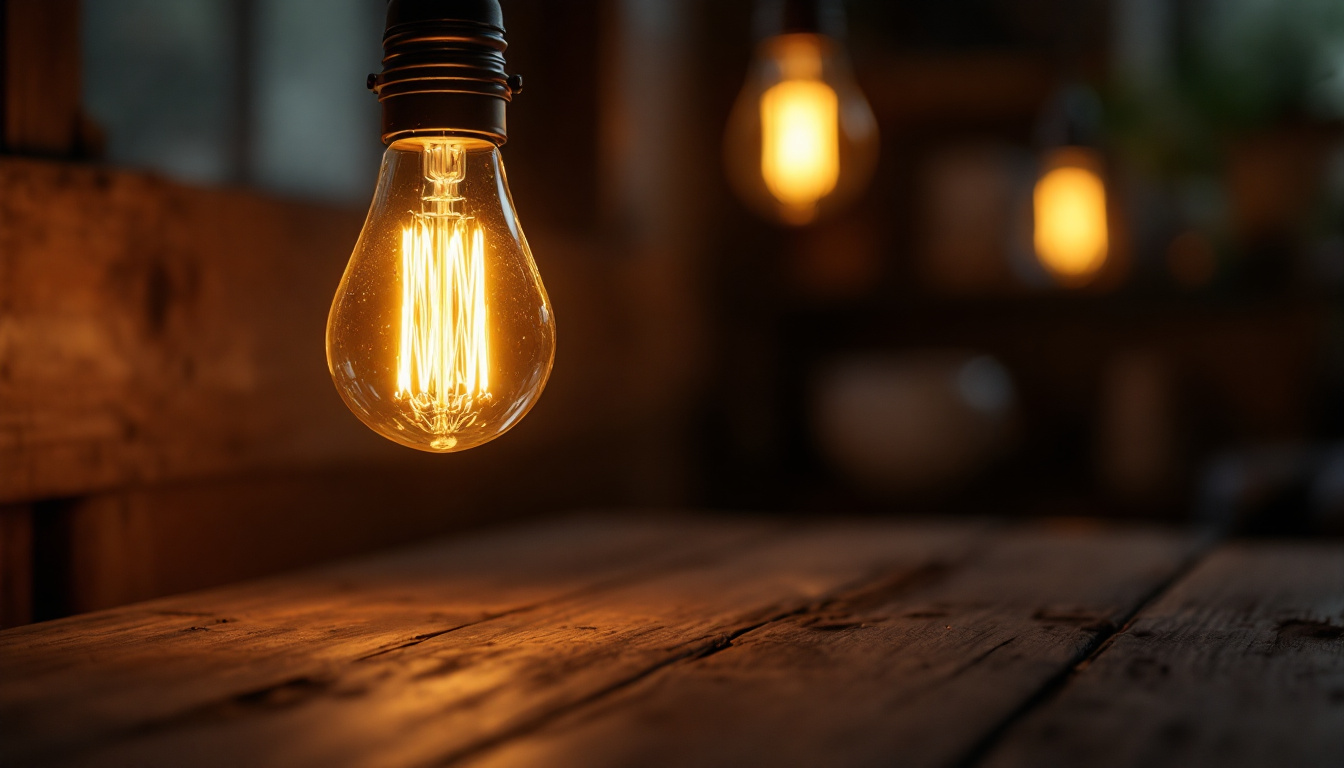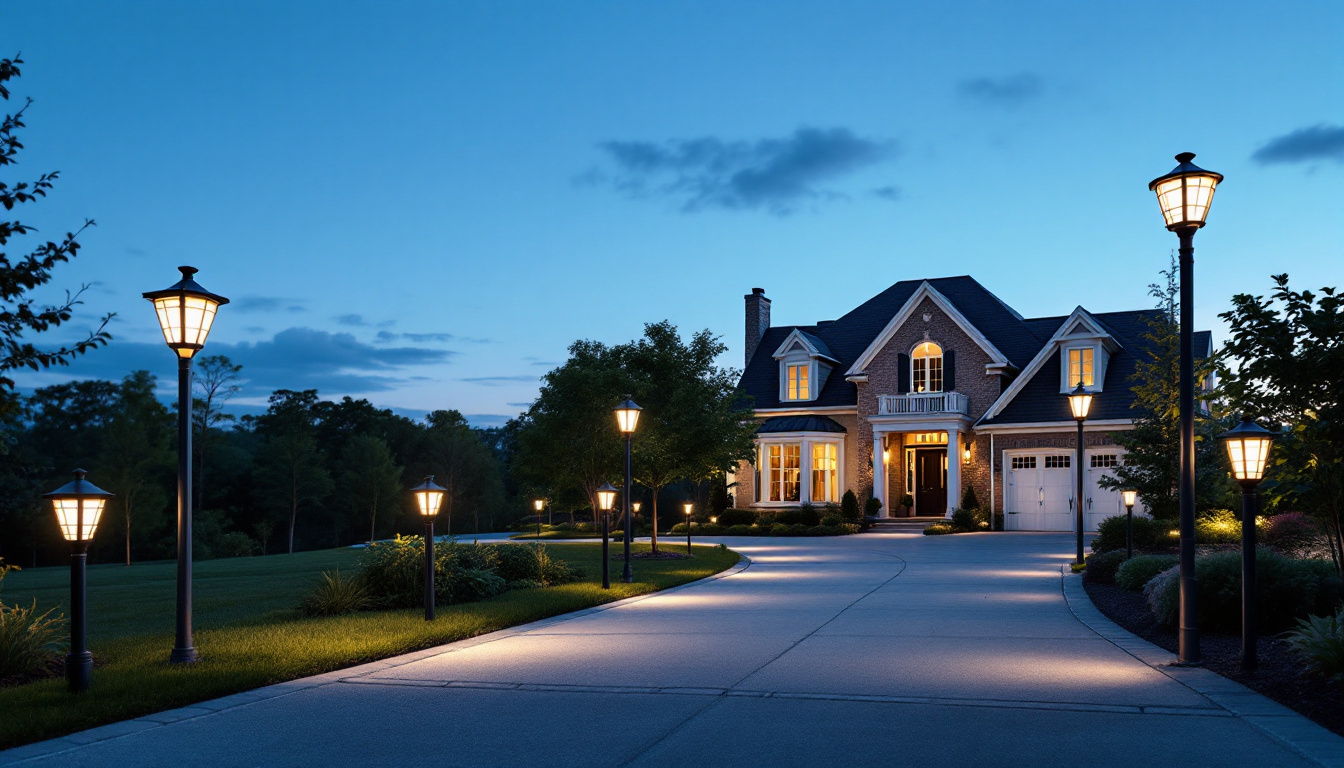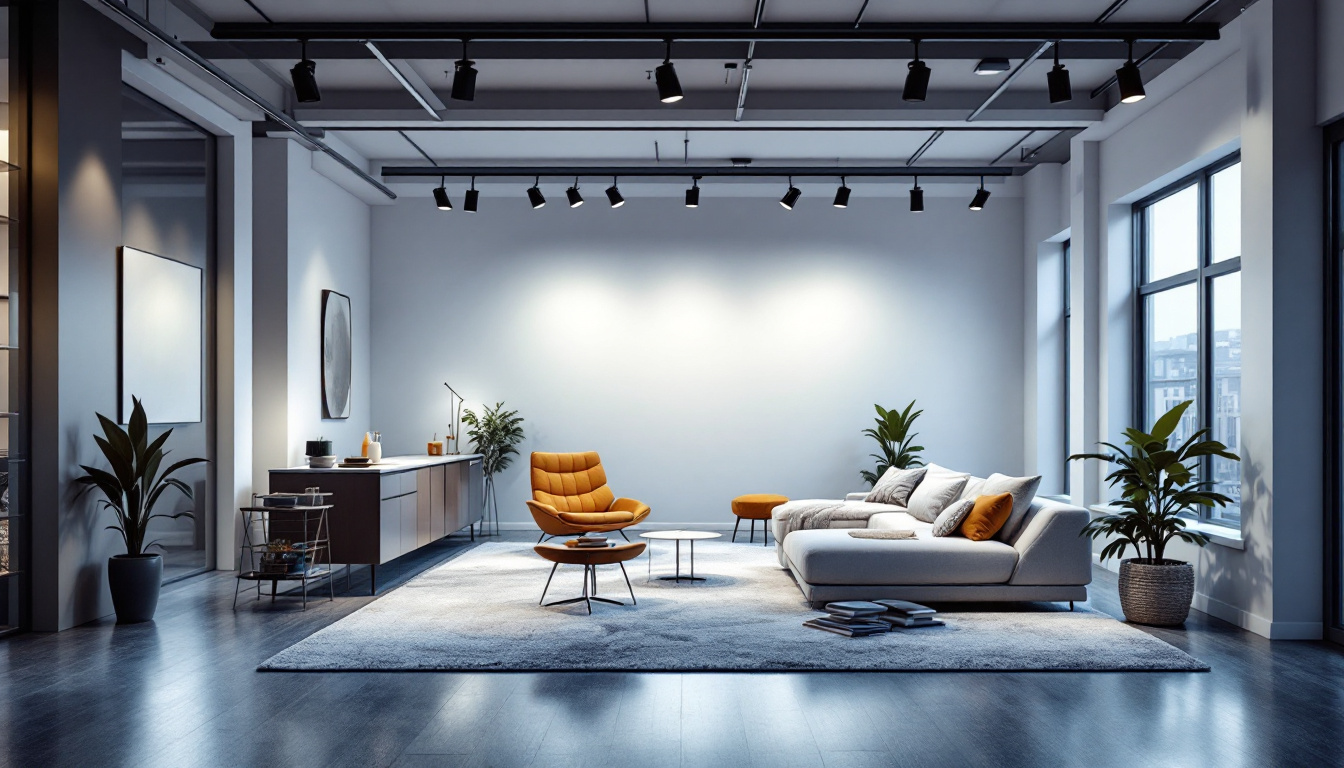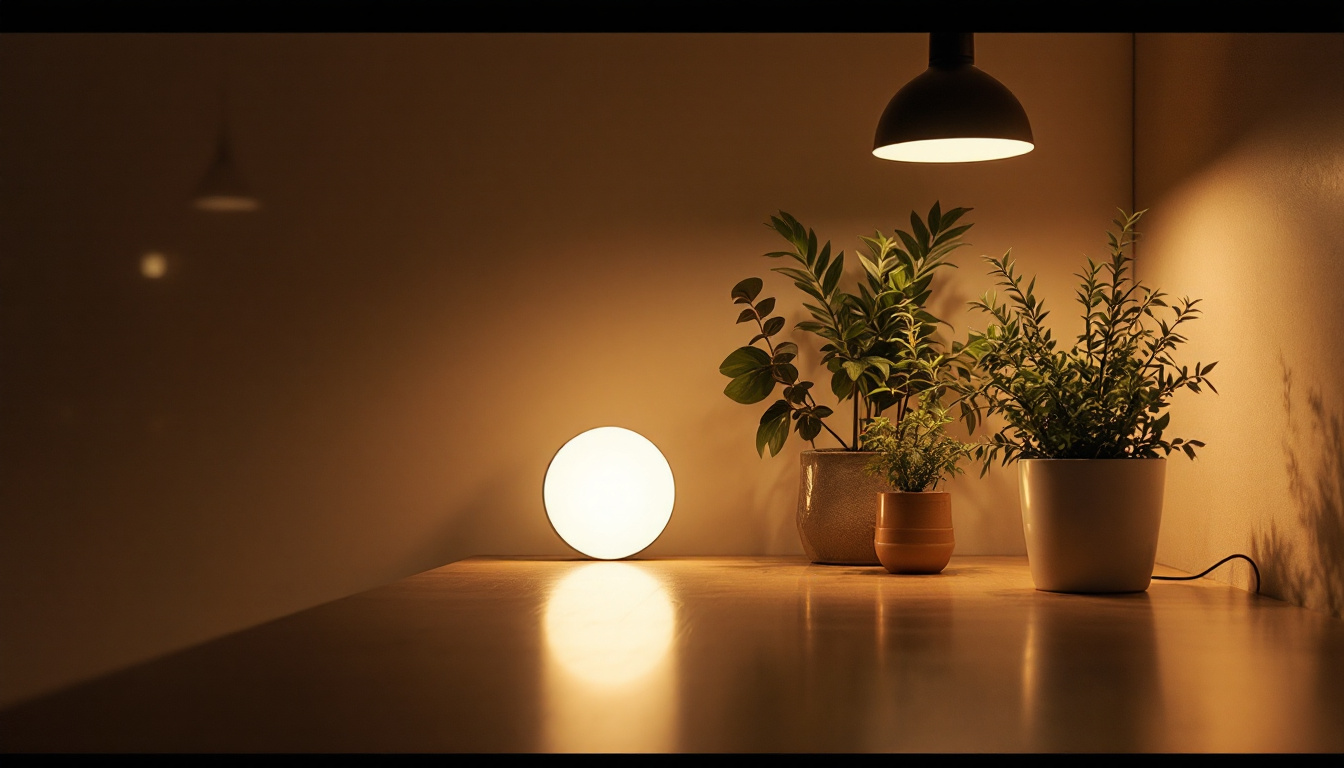
Under unit kitchen lighting is an essential aspect of modern kitchen design, providing both functionality and aesthetic appeal. As a lighting contractor, understanding the common pitfalls associated with under unit lighting can significantly enhance your projects and improve client satisfaction. This guide aims to highlight the mistakes to avoid when installing under unit kitchen lights, ensuring that your work stands out for its quality and effectiveness.
Under unit lighting serves multiple purposes in a kitchen. It not only illuminates work surfaces but also adds depth and warmth to the space. Properly executed, it can transform a mundane kitchen into a vibrant and inviting area. However, neglecting certain aspects during installation can lead to subpar results.
Functional lighting is crucial in a kitchen, where tasks such as chopping, cooking, and cleaning take place. Under unit lights provide direct illumination to countertops, making these activities safer and more efficient. When planning the layout, consider the specific tasks that will be performed in each area and ensure that the lighting is adequate. For instance, areas designated for food preparation should have brighter, focused lighting to prevent accidents and enhance precision. Additionally, installing dimmable options can allow for adjustments based on the time of day or the nature of the task, providing flexibility and control over the kitchen environment.
In addition to functionality, under unit lighting contributes to the overall ambiance of the kitchen. The right lighting can create a warm and inviting atmosphere, making the space more enjoyable for family gatherings or entertaining guests. lighting contractors should take into account the color temperature and brightness of the fixtures to achieve the desired mood. Warm white lights can evoke a cozy feeling, while cooler tones may lend a more modern and sleek aesthetic. Furthermore, the placement of the lights can influence how shadows and highlights play across surfaces, adding visual interest and dimension to the kitchen design. Incorporating LED strip lights with adjustable colors can also allow homeowners to customize the ambiance for different occasions, from casual family dinners to festive celebrations.
Even seasoned lighting contractors can fall into traps when it comes to under unit lighting. Awareness of these common mistakes can prevent costly rework and ensure client satisfaction.
One of the most significant errors is selecting inappropriate fixtures for under unit lighting. Contractors often overlook the importance of fixture type, such as LED strip lights, puck lights, or linear lights. Each type has its advantages and disadvantages, and the choice should align with the kitchen’s design and functionality.
For instance, LED strip lights offer flexibility and can be easily cut to fit various lengths, making them ideal for custom installations. On the other hand, puck lights provide focused illumination but may require more installation effort. Understanding the pros and cons of each fixture type is essential for making informed decisions. Additionally, the color temperature of the fixtures can greatly influence the ambiance of the kitchen. Warmer tones can create a cozy atmosphere, while cooler tones may enhance the modern aesthetic. Therefore, selecting fixtures that complement the overall color scheme and intended mood of the kitchen is crucial.
Placement is critical when it comes to under unit lighting. A common mistake is installing lights too far from the work surface, which can result in shadows and inadequate illumination. It is essential to position the lights close enough to the countertop to ensure even lighting without creating dark spots.
Additionally, consider the height of the cabinets and the type of tasks that will be performed. For example, if a client frequently uses a stand mixer, ensuring that the lighting is directly above the mixer’s location can enhance usability. Furthermore, it’s important to take into account the layout of the kitchen, including any islands or peninsulas, which may require additional lighting solutions to ensure comprehensive coverage. Thoughtful placement not only improves functionality but also highlights design elements such as backsplashes and countertops, adding visual interest to the space.
Many contractors overlook the benefits of incorporating dimming options into under unit lighting. Dimmers allow users to adjust the brightness based on the time of day or the activity being performed. This flexibility not only enhances the functionality of the kitchen but also contributes to energy savings.
When planning the lighting design, consider integrating dimmable fixtures and compatible dimmer switches. This small addition can significantly elevate the overall experience of the kitchen. Moreover, smart lighting technology can further enhance this feature, allowing homeowners to control their lighting through mobile apps or voice commands. This modern approach not only adds convenience but also allows for personalized lighting scenes that can adapt to various occasions, from bright task lighting during meal prep to soft, ambient lighting for entertaining guests. Embracing these advanced options can set a contractor apart in a competitive market, showcasing their commitment to innovative and user-friendly designs.
Technical aspects of under unit lighting are often overlooked, leading to installation issues and unsatisfactory results. Understanding these considerations is vital for lighting contractors aiming to deliver high-quality work.
Proper wiring is essential for the effective operation of under unit lighting. Contractors must ensure that the electrical supply is adequate to support the chosen fixtures. This includes considering the wattage and voltage requirements of the lights, as well as the overall load on the circuit.
Additionally, it is crucial to follow local electrical codes and regulations to ensure safety and compliance. Failing to do so can lead to electrical hazards and may result in costly repairs down the line. It’s also advisable for contractors to use high-quality wiring materials that can withstand the demands of the installation. Using wires that are rated for the specific load can prevent overheating and reduce the risk of short circuits, ensuring a safe and reliable lighting solution.
Heat management is another critical factor that contractors should not overlook. Certain fixtures, especially halogen or incandescent lights, can generate significant heat, which may damage cabinetry or other materials over time. Opting for LED fixtures can mitigate this issue, as they produce minimal heat and are more energy-efficient.
When installing under unit lights, consider the materials used in the cabinetry and ensure adequate ventilation to prevent heat buildup. This attention to detail will enhance the longevity of both the lighting and the kitchen’s components. Furthermore, incorporating thermal insulation or heat shields can provide an additional layer of protection against heat damage, allowing for a more versatile selection of lighting options. By being proactive about heat management, contractors can not only extend the life of the fixtures but also maintain the aesthetic integrity of the kitchen space, ensuring that it remains an inviting environment for years to come.
Design plays a significant role in the effectiveness of under unit lighting. A well-thought-out design can enhance both functionality and aesthetics, while a poorly executed design can detract from the overall kitchen experience.
The color temperature of the lighting can dramatically affect the kitchen’s ambiance. Warmer tones (around 2700K to 3000K) create a cozy and inviting atmosphere, while cooler tones (4000K to 5000K) provide a more clinical and energetic feel. Understanding the client’s preferences and the overall design theme is crucial when selecting the appropriate color temperature.
Moreover, it’s beneficial to consider how the chosen color temperature interacts with other light sources in the kitchen. A cohesive lighting scheme can enhance the overall aesthetic appeal and functionality of the space.
The design of the fixtures themselves should complement the kitchen’s style. Whether the kitchen features a modern, traditional, or eclectic design, the under unit lighting should blend seamlessly with the overall aesthetic. Contractors should offer clients a range of fixture options that align with their design vision.
Additionally, consider the installation method. For example, recessed fixtures can provide a clean look, while surface-mounted fixtures may add a decorative element. Balancing functionality with aesthetics is key to achieving a successful lighting design.
Effective communication with clients is vital throughout the lighting design and installation process. Educating clients about their options and the implications of their choices can lead to better outcomes and increased satisfaction.
It is essential to set realistic expectations regarding what under unit lighting can achieve. Clients may have specific visions that may not be feasible due to technical limitations or budget constraints. Open discussions about these aspects can prevent misunderstandings and ensure that the final result aligns with their goals.
Providing visual aids, such as samples or renderings, can help clients better understand the potential outcomes of their lighting choices. This approach fosters trust and collaboration, ultimately leading to a more successful project.
After the installation is complete, offering post-installation support can enhance client satisfaction and build lasting relationships. This may include providing guidance on how to operate dimmers, change bulbs, or troubleshoot any issues that may arise.
Being available for follow-up questions or concerns demonstrates professionalism and commitment to quality service. This support can lead to positive referrals and repeat business in the future.
Under unit kitchen lighting plays a crucial role in enhancing both the functionality and aesthetics of a kitchen. By avoiding common mistakes and focusing on key considerations, lighting contractors can deliver exceptional results that meet client needs and expectations. From fixture selection to technical details, each aspect contributes to the overall success of the project.
Ultimately, effective communication and education with clients will foster trust and satisfaction, ensuring that they enjoy their beautifully illuminated kitchens for years to come. By adhering to these guidelines, lighting contractors can position themselves as experts in under unit kitchen lighting, setting their work apart in a competitive market.
Ready to elevate your lighting projects with the best under unit kitchen lights? Look no further than LumenWholesale for a comprehensive selection of top-quality, spec-grade lighting products. With unbeatable wholesale prices and no middleman markups, you’re guaranteed superior lighting solutions that meet the highest industry standards. Plus, enjoy the convenience of free shipping on bulk orders, ensuring you get the premium lighting you need at the best value. Don’t compromise on quality or price. Wholesale Lighting at the Best Value is just a click away. Make the smart choice and partner with LumenWholesale today.

Discover the art of simplifying antique light bulb selection for lighting contractors.

Discover how solar light posts are revolutionizing driveway projects for lighting contractors.

Discover innovative strategies to future-proof your lighting projects with LED track systems.

Discover the essential guide to wafer lights and why they’re becoming a favorite among lighting contractors.